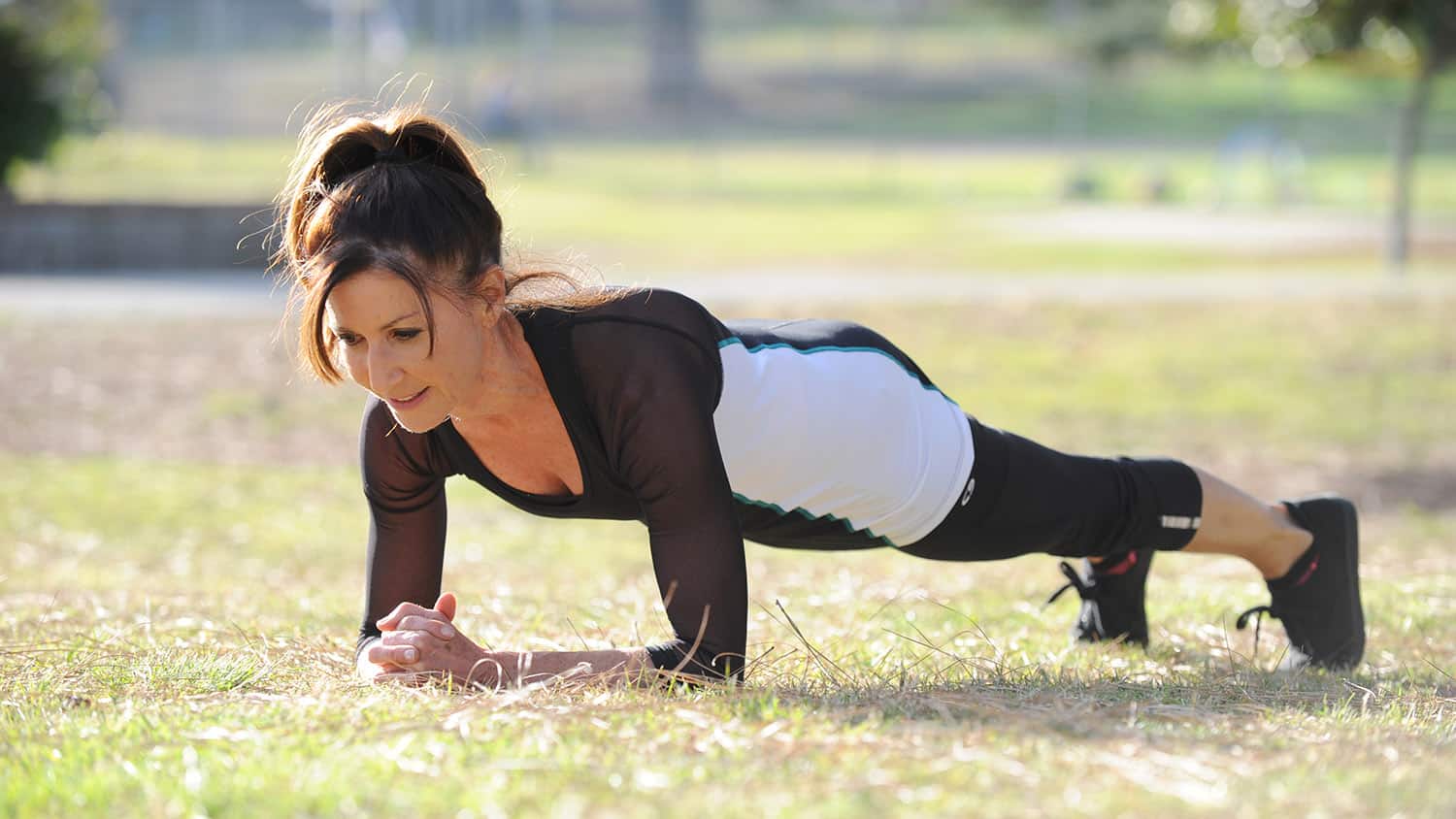
Pushing Ourselves to Stay Physically Fit without Hurting Ourselves
Staying physically fit, strong, and flexible into our 60s, 70s, and beyond is a worthwhile goal. We all want to remain active and independent, and our physical well-being is key. But it’s not easy to find that delicate balance between doing enough to challenge ourselves but not so much that we end up on the sidelines.
I’ve been giving this lots of thought lately. I recently experienced just such a setback as I got back to hiking the hills once the smoke cleared after the devastating California fires last summer.
I was so excited to be outdoors again – and overly enthusiastic about getting back in shape – after an unwelcomed hiatus, I went for daily excursions that were too long and too strenuous. My ambitious routine ended with me flat on my back in terrible pain for more than a week.
I sought medical attention, fearing I had a serious injury. But was relieved to learn a spasm of the psoas muscle resulted in a pinched nerve in my hip. I recovered with bed rest, ice, and daily stretching. When my doctor warned me climbing steep trails without stretching would cause a reoccurrence, I got the message.
Overexertion of weak muscles, falls, and other injuries can be serious for us. At the very least, they can require weeks of rehab. But that shouldn’t discourage us from getting – and staying – active and achieving our fitness goals.
We can take precautionary steps to protect ourselves and develop a healthy and productive routine. Here are a few of my fitness goals for this winter to ensure I make progress without another mishap.
See also: 5 Tips To Help You Start Running After 60
Establish a Routine and Stick with It
Research shows 150 minutes of exercise each week helps maintain weight and muscle strength. It’s important that we commit to a schedule to stay healthy. Even when it’s cold outside, or we are feeling less than motivated, moving our body in some way for 30 minutes ensures it will stay ready to perform.
Always Warm Up
I love to hike, especially up steep climbs. It’s exhilarating and gives me a gratifying sense of accomplishment looking back and seeing how far I’ve come. But these days, instead to charging straight up, I start with a short warm up.
I park my car a half mile from the trailhead and let my muscles wake up along the way. Sufficiently warming up our muscles helps prevent injury.
Include Stretching and Cooldown
When I get to the trail, I take a few minutes to flex and stretch before I head out. Once I’ve finished the hike, I walk it off before I get back into the car. Muscles take time to cool down and to release the lactic acid that builds up in reaction to exercise.
It is essential to drink plenty of water, not only during the workout, but in the hours after, to flush the lactic acid that contributes to waking up with sore muscles the next day.
Varied Activities
To maintain good posture and full function, we need a fitness routine that engages the entire body and balances our muscles. Also, a varied routine helps prevent boredom. Muscles develop by being stressed.
Micro tears occur with strenuous use, and the body produces proteins to repair them, resulting in a stronger muscle. But while they are rebuilding, the muscles need to rest.
So the best routine includes strenuous workouts followed by a day to rest that muscle group and focus on others, rotating through all the major muscle groups each week.
See also: 5 Reasons Older Women Should Lift Weights
Full Body Strength Training
Strength training does not require fancy equipment or even any weights. It can be effectively accomplished with the resistance of your own body weight.
Include Exercise for Balance and Fall Prevention
Yoga and Pilates are both excellent choices to improve balance and keep our bodies limber. Two 30 minute sessions a week will keep core muscles strong.
Plan for Your Long-Term Fitness
Find activities that can be enjoyed for a long time. Walking, hiking, swimming, and cycling are all good choices because we can modify the routine depending on changes in our ability.
Maintain the Proper Mindset
I believe wholeheartedly our perspective affects our outcome. Fitness starts in our minds. Feeling positive and optimistic about how exercise benefits us – and cultivating the fortitude to challenge ourselves to be and stay engaged in physical wellness – will produce the desired results and keep us active, independent, and healthy into the future.
What is your exercise routine? Do you rotate the muscle groups? What kind of warm-up do you do? How does it help you? Have you tried exercising without warming up first? What were the results? Please share with the community!
Tags Fitness Over 60






